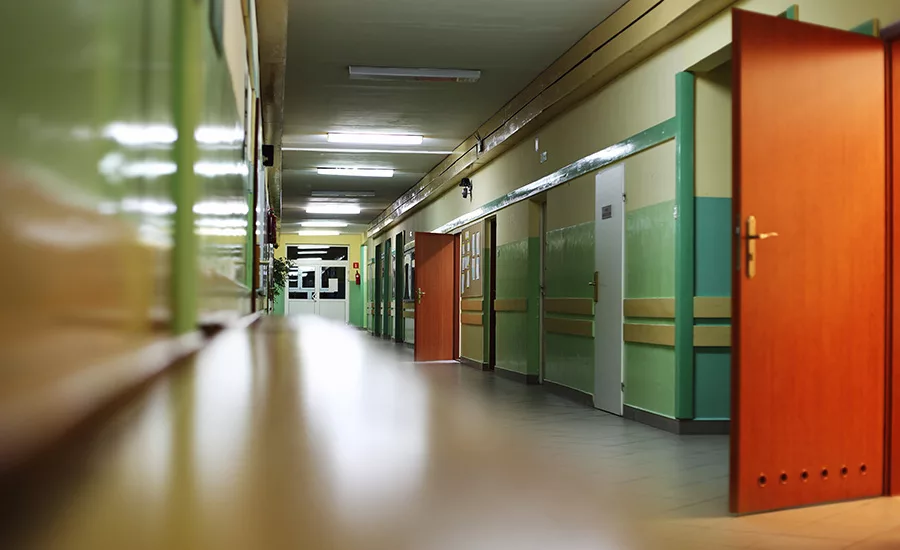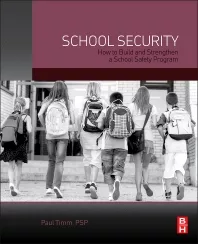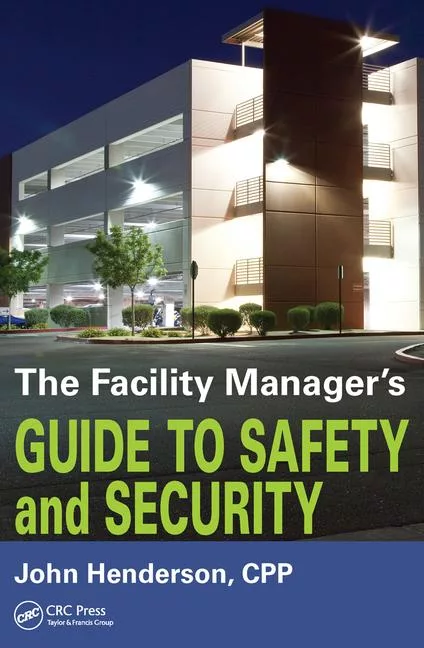Safety and Security Measures Taken by Public Schools

Schools use a variety of practices and procedures to promote the safety of students, faculty, and staff. Certain practices, such as locking or monitoring doors and gates, are intended to limit or control access to school campuses, while others, such as the use of metal detectors and security cameras, are intended to monitor or restrict students' and visitors' behavior on campus.
According to the National Center for Education Statistics, between 1999–2000 and 2009–10, as well as in 2015–16, the School Survey on Crime and Safety (SSOCS) asked principals of public schools about their schools' use of safety and security measures and procedures. Principals were also asked to report whether their school had a written plan for procedures to be performed in selected scenarios. In 2013–14, data on safety and security measures and procedures and written plans for selected scenarios were collected from the Fast Response Survey System (FRSS) survey of school safety and discipline
In the 2015–16 school year, said NCES, 94 percent of public schools reported that they controlled access to school buildings by locking or monitoring doors during school hours. Other safety and security measures reported by public schools included the use of security cameras to monitor the school (81 percent), a requirement that faculty and staff wear badges or picture IDs (68 percent), and the enforcement of a strict dress code (53 percent). In addition, 25 percent of public schools reported the use of random dog sniffs to check for drugs, 21 percent required that students wear uniforms, 7 percent required students to wear badges or picture IDs, and 4 percent used random metal detector checks.
Use of various safety and security procedures differed by school level during the 2015–16 school year, said NCES. For example, greater percentages of public primary schools and public middle schools than of public high schools controlled access to school buildings and required faculty and staff to wear badges or picture IDs. Additionally, a greater percentage of primary schools than of middle schools required students to wear uniforms (25 vs. 20 percent), and both percentages were greater than the percentage of high schools requiring uniforms (12 percent). The percentage of schools reporting the enforcement of a strict dress code was greater for middle schools (70 percent) than for high schools (55 percent) and primary schools (46 percent). The percentage of schools reporting the use of security cameras to monitor the school was greater for high schools (94 percent) than middle schools (89 percent), and both of these percentages were greater than the percentage for primary schools (73 percent). The same pattern was evident for the use of random dog sniffs and the use of random metal detector checks. A greater percentage of high schools (16 percent) and middle schools (13 percent) than of primary schools (3 percent) required students to wear badges or picture IDs.
Figure 20.1. Percentage of public schools that used selected safety and security measures, by school level: School year 2015–16

According to NCES, in 2015–16, the use of various safety and security procedures also differed by school size. A greater percentage of public schools with 1,000 or more students enrolled than of those with fewer students enrolled reported the use of security cameras, a requirement that students wear badges or picture IDs, the use of random dog sniffs, and the use of random metal detector checks. A smaller percentage of schools with less than 300 students enrolled than of schools with higher numbers of students enrolled reported that they required faculty and staff to wear badges or picture IDs. A greater percentage of schools with 300–499 students (23 percent) and 500–999 students (25 percent) than of schools with less than 300 students or 1,000 or more students (both 16 percent) required students to wear uniforms. A similar pattern was evident for controlled access to school buildings. A greater percentage of schools with 500–999 students and 1,000 or more students (both 58 percent) than of schools with 300–499 students (49 percent) or less than 300 students (47 percent) reported the enforcement of a strict dress code.
A greater percentage of public schools located in cities than of those located in suburban areas, towns, and rural areas reported in 2015–16 that they used random metal detector checks, required students wear badges or picture IDs, and required students to wear uniforms. A greater percentage of schools located in cities (61 percent) and rural areas (54 percent) than of those located in suburbs (46 percent) reported that they enforced a strict dress code. A greater percentage of schools in suburban areas (81 percent) than of those in towns (66 percent), cities (64 percent), and rural areas (56 percent) required faculty or staff to wear badges or picture IDs. Random dog sniffs were reported by a greater percentage of public schools in rural areas (37 percent) and towns (31 percent) than in suburban areas (19 percent) and cities (15 percent). A greater percentage of schools in rural areas (84 percent) than of those in suburbs (78 percent) reported the use of security cameras, and a greater percentage of schools in cities (96 percent) than of those in rural areas (91 percent) reported controlled access to school buildings.
Many safety and security measures tended to be more prevalent in schools where 76 percent or more of students were eligible for free or reduced-price lunch than in schools where a lower percentage were eligible,said NCES. A greater percentage of schools where 76 percent or more of students were eligible than of schools where lower percentages were eligible reported that they enforced a strict dress code, required school uniforms, and used random metal detector checks. A smaller percentage of schools where 76 percent or more of students or 25 percent or less were eligible for free or reduced-price lunch (17 and 18 percent, respectively) reported the use of random dog sniffs than of schools where 26 to 50 percent of students and 51 to 75 percent of students (both 30 percent) were eligible for free or reduced-price lunch. A greater percentage of schools where 25 percent or less of students were eligible for free or reduced-price lunch (78 percent) than of schools where higher percentages of students were eligible reported requiring faculty and staff to wear badges or picture IDs. A smaller percentage of schools where 26 to 50 percent of students were eligible for free or reduced price lunch (4 percent) than of schools where any other percentage of students were eligible reported requiring students to wear badges or pictures IDs.
The percentages of public schools reporting the use of various safety and security measures in 2015–16 tended to be higher than in prior years, said NCES. For example, the percentage of public schools reporting the use of security cameras increased from 19 percent in 1999–2000 to 81 percent in 2015–16. Similarly, the percentage of public schools reporting that they controlled access to school buildings increased from 75 percent to 94 percent during this period. From 1999–2000 to 2015–16, the following safety and security measures also increased: requiring faculty and staff to wear badges or picture IDs, use of random dog sniffs, requiring school uniforms, and requiring students to wear badges or picture IDs. Conversely, the percentage of schools that reported using random metal detector checks decreased from 7 percent in 1999–2000 to 4 percent in 2015–16. The percentage of schools reporting that they enforced a strict dress code increased from 47 percent in 1999–2000 to 58 percent in 2013–14, but the percentage in 2015–16 (53 percent) was lower than the percentage in 2013–14.
Figure 20.2. Percentage of public schools that used selected safety and security measures: School years 1999–2000, 2013–14, and 2015–16

Another aspect of school safety and security is ensuring that plans are in place to be enacted in the event of specific scenarios, said NCES. In 2015–16, about 96 percent of public schools reported they had a written plan for procedures to be performed in the event of a natural disaster Ninety-four percent of public schools reported they had a plan for procedures to be performed in the event of bomb threats or incidents. The percentage of schools that had a plan in place for procedures to be performed in the event of a shooting increased over time, from 79 percent in 2003–04 to 92 percent in 2015–16.
Figure 20.3. Percentage of public schools with a written plan for procedures to be performed in selected scenarios: School year 2015–16

Looking for a reprint of this article?
From high-res PDFs to custom plaques, order your copy today!








